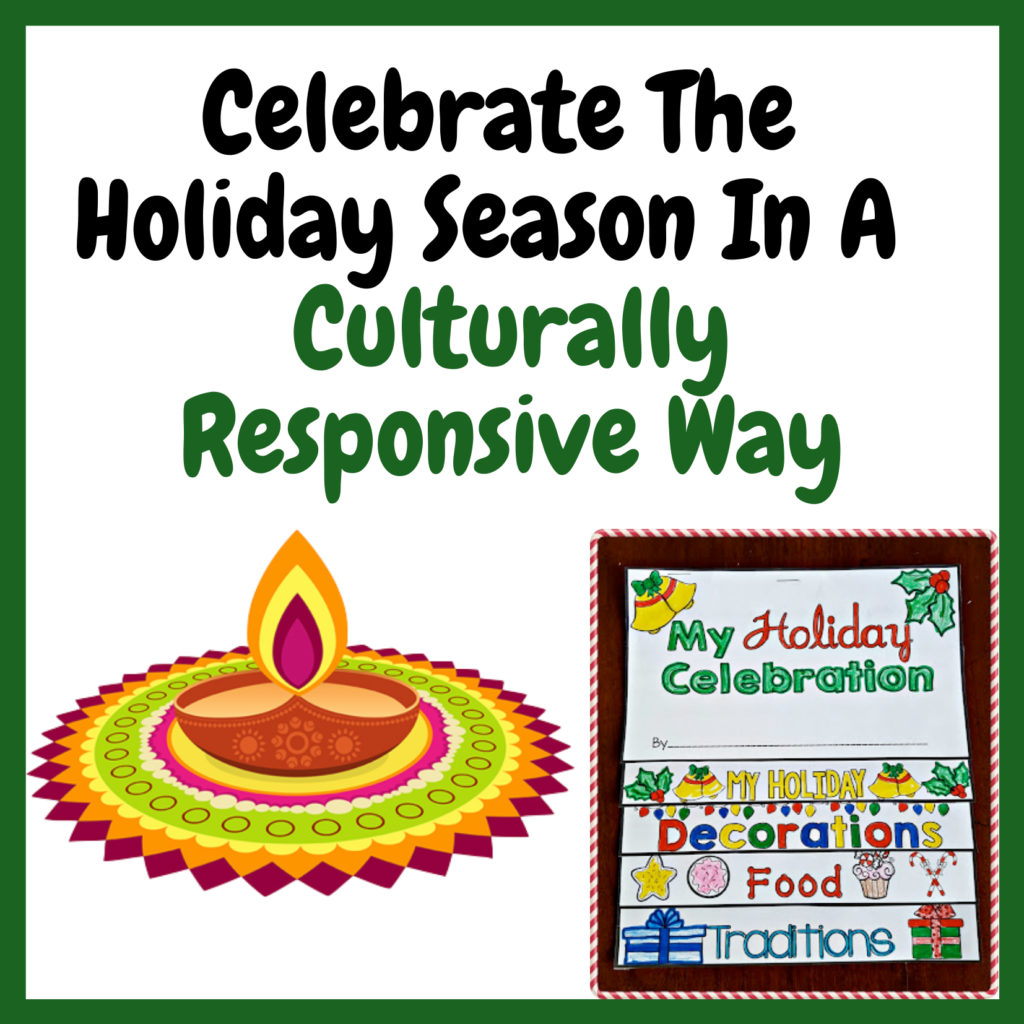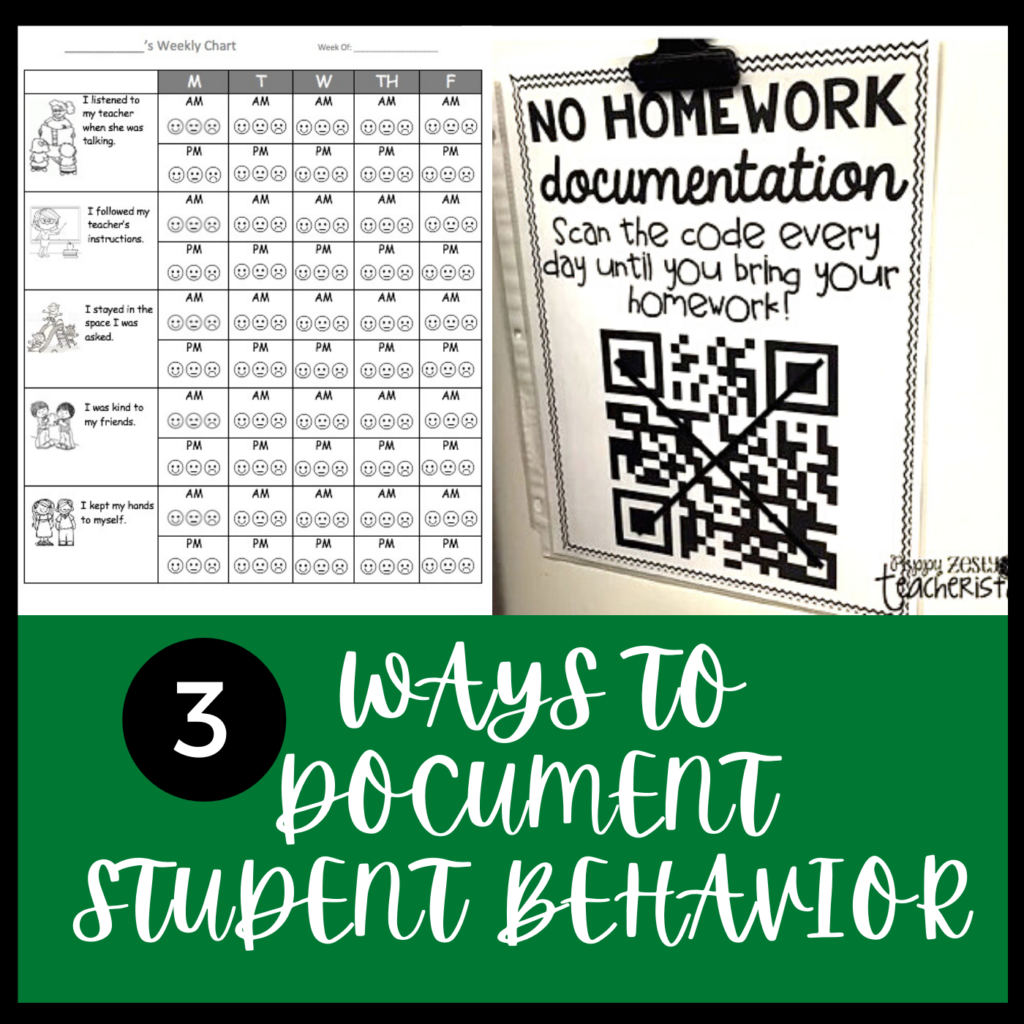Classrooms around the world are becoming more and more diverse. The way in which we connect and present information to students from different backgrounds, cultures and races can effect the way they learn.
Nikki Rucker says: “Culturally responsive teaching (CRT) attempts to bridge the gap between teacher and student by helping the teacher understand the cultural nuances that may cause a relationship to break down—which ultimately causes student achievement to break down as well”.
Elements of Culturally Responsive Teaching Include:
1. Examining your own biases
Take time to assess what you believe about different cultures and races. Do you hold certain stereotypes? How do those stereotypes effect the ways you interact with your students? Do you have different standards for different students because of these biases?
2. Understanding the different cultures your students come from.
-Research the cultural background of students’ families.
-Have parents complete a survey asking them things such as their home language, who lives in the home, special traditions, student’s preference for learning.
-Visit local community centers to find out about the cultural activities and beliefs of the students.
-Tour students’ neighborhoods to identify local resources.
3. Communicating effectively and appropriately
-Understand how to communicate with parents.
Some parents may require translation when speaking to them. Some non-native speaking parents may prefer to be given information in writing because they find it easier to understand. In some cultures the father speaks for the family and should be the one consulted first. It is very important to understand these things or you may find yourself creating a barrier without even knowing it.
-Showing proper respect and boundaries with students.
4. Depicting different cultures and races accurately and avoiding stereotypes.
-Use resources from the community to teach. For example, if you are teaching about Buddhism bring in a pamphlet from a Buddhist temple. Ask a community member from Poland to come and share about Poland during your WWII unit.
-Incorporate pictures of different cultures and races in the Powerpoints, and books you read in class.
-Don’t always show a race or culture the exact same way in every picture. Just because someone is from the Middle East doesn’t always mean they were a hijab. Just because someone is from Africa doesn’t always mean they are poor. Be sure not to carry these stereotypes into the images and texts you present to students.
5. Developing a culturally sensitive style of teaching.
-Ask educators who come from the same cultural background as the students about effective ways to teach them.
-Ask students about their learning style preferences.
-Devise and implement different ways for students to be successful in achieving developmental milestones.
-Allow students to set their own goals for a project.
-Create an environment that encourages and embraces culture.
-Employ patterns of management familiar to students.
-Allow students ample opportunities to share their cultural knowledge.
Read the full list of suggestions here.
6. Bridging cultural differences between students
-Teach and talk to students about differences between individuals.
-Help students see that differences among them make for better learning.
-Attend community events of the students and discuss the events with the students.
Here is a great list of multicultural books that you can read to students to begin the conversation.

Check out these other great posts:



